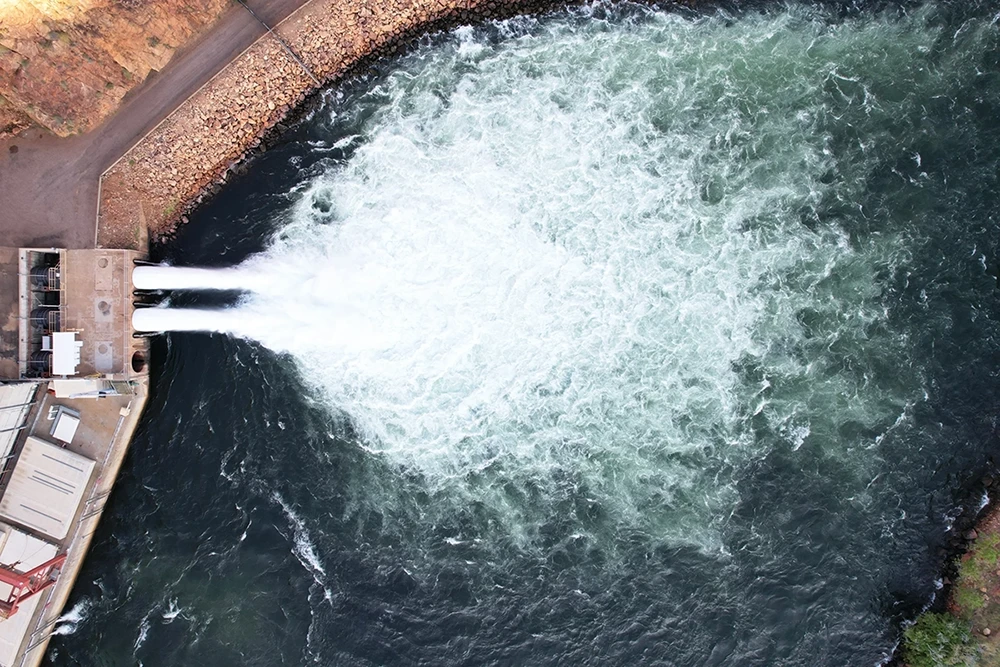What is a Data Lake? How Credit Unions and Banks can Unlock the Power of Data
In today’s financial services landscape, credit unions and banks handle massive amounts of data daily—from customer transactions and loan histories to regulatory reports and market analytics. With the growing volume and complexity of this information, traditional data management methods can quickly become inadequate. This is where data lakes come into play.
A data lake is an advanced storage solution that allows financial institutions to store vast amounts of structured, semi-structured, and unstructured data in a single, centralized repository. This guide will explain how data lakes work, the benefits they offer credit unions and banks, and how they can be implemented to improve data-driven decision-making, enhance customer service, and streamline compliance.
What is a Data Lake?
A data lake is a highly scalable, centralized data storage platform that can handle vast amounts of data in its raw, native format. Unlike traditional databases or data warehouses, which typically store structured data that fits into rows and columns, data lakes can accommodate any type of data—whether structured, semi-structured, or unstructured.
This flexibility makes data lakes particularly valuable for financial institutions, which deal with a wide variety of data formats, such as:
- Structured data: Customer transaction histories, loan applications, account balances.
- Semi-structured data: Emails, XML files, customer forms.
- Unstructured data: Audio recordings, social media interactions, images, PDFs.
By storing all of this information in one place, a data lake allows institutions to maintain a comprehensive view of their data, making it easier to analyze and use in a variety of applications.
How a Data Lake Works
Data lakes operate using a schema-on-read approach. This means data is stored in its raw form without being organized or processed until it’s needed. When financial institutions are ready to analyze the data, they apply a schema that structures and formats it for specific use cases. This gives data lakes the flexibility to handle any type of data, allowing institutions to extract insights from sources that would otherwise be difficult to process.
Financial institutions can then use data analytics tools and machine learning models to analyze data directly from the lake, gaining real-time insights into customer behavior, market trends, or financial risks.
Key Benefits of Data Lakes for Credit Unions and Banks
Implementing a data lake can offer several key benefits for financial institutions, especially in managing the complexity and volume of data they deal with on a daily basis:
1. Enhanced Data Agility
Data lakes allow financial institutions to quickly respond to changing data needs. Since data is stored in its raw form, credit unions and banks can add new data sources without restructuring or reorganizing the lake. This agility allows for faster integration of new data types—whether from emerging digital banking tools, evolving market trends, or customer interactions.
2. Improved Customer Insights
Financial institutions can use data lakes to gather a complete view of each customer, combining structured data like transaction histories with unstructured data such as social media interactions or customer feedback. By analyzing this information, banks and credit unions can personalize products and services, improve customer retention, and drive long-term growth.
3. Scalable Data Storage
The scalability of data lakes is a significant advantage. As credit unions and banks grow, so does the volume of data they need to manage. Data lakes can scale up or down based on the institution’s needs, allowing them to store increasing amounts of data without compromising performance or breaking the budget.
4. Regulatory Compliance
Compliance is a critical concern for financial institutions, which must adhere to strict regulations on data reporting and retention. Data lakes make it easier to track and store historical data, generate compliance reports, and meet auditing requirements. With the ability to store both structured and unstructured data, financial institutions can ensure that they are maintaining the comprehensive records needed to satisfy regulators.
5. Cost Efficiency
Traditional data storage solutions can be expensive, particularly when dealing with large volumes of unstructured data. Data lakes are a more cost-efficient option because they use lower-cost storage and reduce the need for multiple systems to handle different data types. Financial institutions can save on both hardware and software costs while gaining a more unified view of their data.

Use Cases of Data Lakes in Financial Institutions
Data lakes offer numerous practical applications in the financial sector. Some of the most common use cases include:
- Risk Management: Data lakes enable institutions to assess risk by analyzing data from a variety of sources. Financial institutions can create predictive models that anticipate loan defaults, market shifts, or operational risks, helping to protect assets and ensure long-term stability.
- Customer Service Enhancement: Data lakes help credit unions and banks provide better customer service by offering a more comprehensive view of each client. This allows institutions to tailor their interactions based on a customer’s full history, ensuring that products and services are more aligned with individual needs.
- Product Development: By analyzing large volumes of data on customer behavior and market trends, financial institutions can develop new products that better meet customer needs, driving innovation and enhancing competitive advantage.
Data Lakes vs. Data Warehouses: What’s the Difference?
While both data lakes and data warehouses are used for storing and managing large volumes of data, they serve different purposes. A data warehouse is designed for structured data that has already been processed, making it ideal for generating reports and conducting historical analysis. In contrast, a data lake stores raw data in its native format, making it more flexible for a wider variety of data types and analysis methods. In the past financial institutions made a choice between a data lake and a data warehouse depending on the specific use case. Data lakes are ideal for institutions that want to analyze vast amounts of diverse data, while data warehouses are better suited for generating reports on structured data. More recently, there has been more of a shift to a data lakehouse approach which combines the best features of a data lake and a data warehouse.
Future of Data Lakes in Financial Services
As financial institutions continue to embrace digital transformation, the role of data lakes will become increasingly important. With the rise of advanced analytics, machine learning, and artificial intelligence, data lakes will offer even greater value by enabling institutions to process large datasets and generate real-time insights.
Moreover, as customer expectations continue to evolve, credit unions and banks will rely on data lakes to better understand their clients, anticipate needs, and deliver personalized services. By centralizing and organizing data, institutions can stay agile in an increasingly competitive financial landscape.
Why Choose Gemineye for Your Data Lake Needs?
At Gemineye, we specialize in helping credit unions and banks harness the power of their data. Our advanced data lakehouse solutions are designed specifically for financial institutions, enabling you to store, manage, and analyze vast amounts of structured and unstructured data with ease. Whether you’re looking to improve customer insights, strengthen risk management, or ensure regulatory compliance, Gemineye provides the tools and expertise to transform how you handle data.
With Gemineye’s tailored services, your institution can unlock the full potential of data lakes, gaining the competitive edge you need to thrive in today’s financial marketplace. Let us help you streamline your data management and turn raw information into actionable insights that drive growth and innovation.






